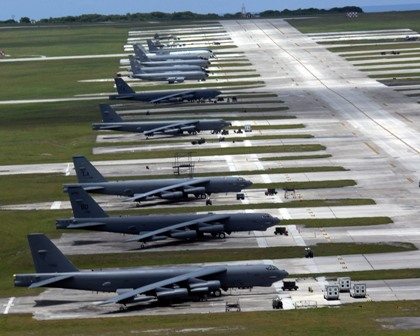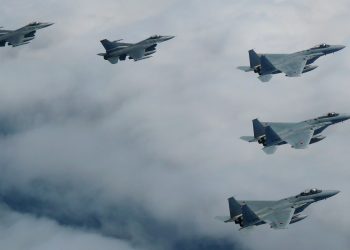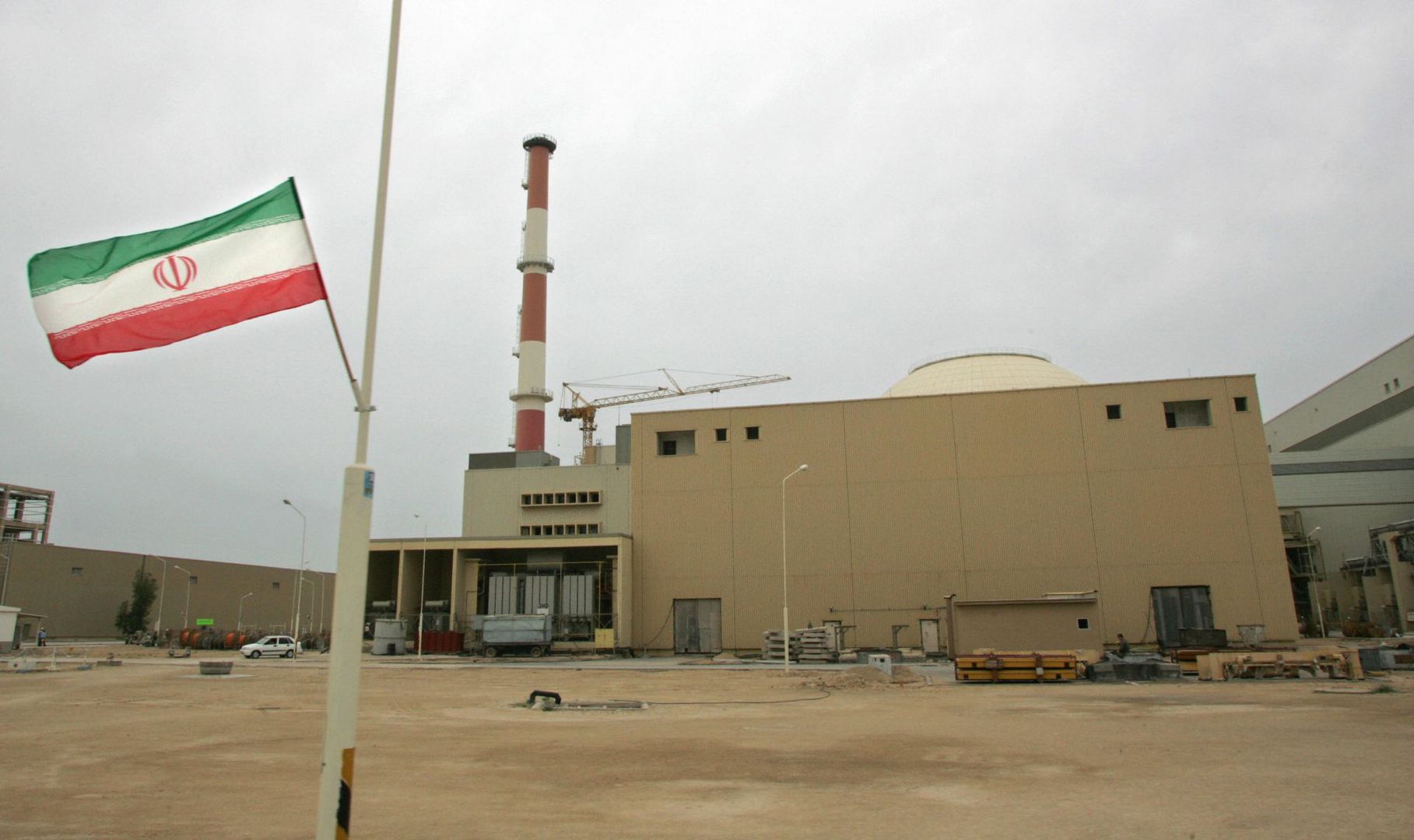This report seeks to inform the debate over the extent of U.S. military presence overseas by providing a rigorous estimate of the costs associated with maintaining U.S. Air Force installations and units overseas rather than in the United States. The authors describe the various types of expenditures required to maintain bases and military units overseas and estimate current costs using official data and econometric modeling.
They provide a cost model of overseas presence for policymakers to weigh alternative posture options. Their main findings are that while it does cost more to maintain force structures and installations overseas rather than in the United States, the total cost of doing so for the Air Force’s current overseas posture is small relative to the Air Force’s overall budget.
KEY FINDINGS
The costs of maintaining force structures and installations overseas rather than in the United States are small relative to the air force’s overall budget
It does cost more to maintain bases and personnel overseas rather than in the United States: Personnel costs are roughly one-quarter more per person, while base support fixed costs are roughly two to two-and-a-half times U.S. analogs.
However, the costs of overseas presence are small relative to the cost of maintaining the overall force. The costs to maintain the Air Force’s current overseas force structures and installations overseas rather than in the United States are roughly $3.4 billion, which amounts to about 2 percent of the Air Force’s total obligation authority. From a grand strategic perspective, a U.S. Air Force of a given size and capability will cost essentially the same regardless of where in the world it is based.
RECOMMENDATIONS
In the debate over overseas presence, it is important to distinguish personnel and force structure costs from basing costs. For example, the magnitude of savings associated with (1) realigning (i.e., moving) a given unit from overseas to the United States, (2) cutting that unit entirely, and (3) closing the overseas base at which the unit was located are very different, as are the strategic implications of each.
A forward-deployed Air Force costs about the same as an Air Force confined to domestic bases. Therefore, the burden of proof in the presence debate should therefore be on opponents of presence to show that presence cannot offer even the minimal benefit necessary to offset its costs.
[download id=”191″]









